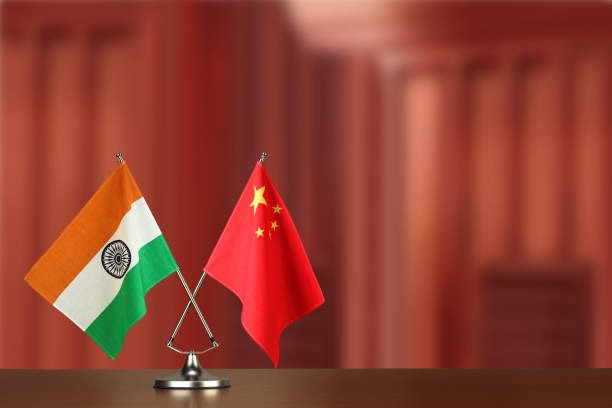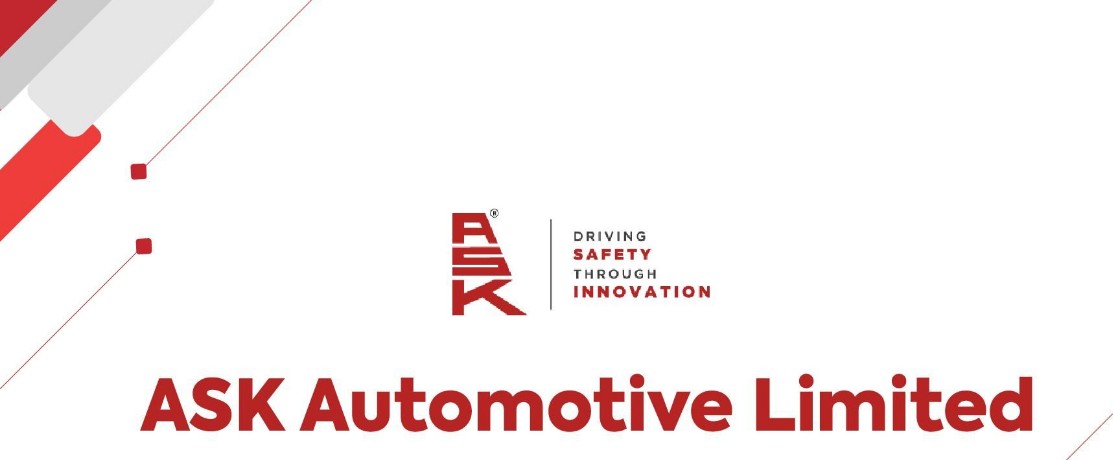
Follow WOWNEWS 24x7 on:

India has made it clear that while diplomatic handshakes may resume, the gates to Chinese capital remain firmly shut. Officials confirmed that there are no plans to review or revoke Press Note 3, the regulatory framework introduced in April 2020 that restricts foreign direct investment from countries sharing a land border with India. Though China is not explicitly named, the policy unmistakably targets Beijing’s economic ambitions in India’s strategic sectors.
Key developments shaping the stance
- Press Note 3 requires government approval for any investment from neighboring countries, effectively acting as a firewall against Chinese capital
- The regulation was born during the COVID-19 pandemic and hardened after the deadly Galwan Valley clash in June 2020
- Despite recent diplomatic thawing, including the resumption of tourist visas for Chinese nationals, India remains cautious on economic engagement
- Finance Minister Nirmala Sitharaman acknowledged the potential for dialogue but emphasized the need for caution in financial dealings
Why the policy remains untouched
- Officials say the security environment has not changed enough to warrant a review of Press Note 3
- There has been no internal discussion within the government about easing the restrictions
- The policy is seen not just as an economic safeguard but as a geopolitical signal of India’s strategic posture
- Concerns persist over Chinese equity deals being used as Trojan horses to gain control over Indian companies
Sectoral impact and strategic implications
- The restrictions have significantly curbed Chinese investments in telecom, fintech, and critical infrastructure
- Electronics manufacturing remains a potential area for collaboration, but even here, regulatory guardrails stay intact
- Any dilution of Press Note 3 would carry strategic weight and ripple across multiple sectors
- Indian companies are wary of quiet takeovers and prefer joint ventures with clear boundaries
Diplomatic tone versus economic caution
- India has resumed issuing tourist visas to Chinese nationals after a five-year freeze, signaling a softening in people-to-people ties
- High-level meetings between Indian and Chinese officials are expected later this year to discuss border issues and trade imbalances
- Despite these gestures, the economic door remains closed, with officials emphasizing that trust must be rebuilt before capital can flow freely
- The message to Beijing is clear: sincerity and restraint are prerequisites for any future easing of investment restrictions
Looking ahead
- India’s decision to maintain its stance reflects a broader shift toward economic self-reliance and strategic autonomy
- The government is focused on protecting sovereignty and avoiding dependence on foreign capital in sensitive sectors
- While joint ventures may offer a middle ground, full-scale investment liberalization is not on the horizon
- The policy underscores India’s intent to balance growth with national security, especially in an era of shifting global alliances
India’s economic firewall against Chinese money is more than a regulatory measure—it’s a statement of intent. As the two nations navigate a complex relationship marked by cautious diplomacy and strategic rivalry, the flow of capital remains a litmus test of trust. For now, the locks stay in place, and the message to Beijing is firm: trade may resume, but trust must be earned.
Source: Zee News, July 29, 2025



